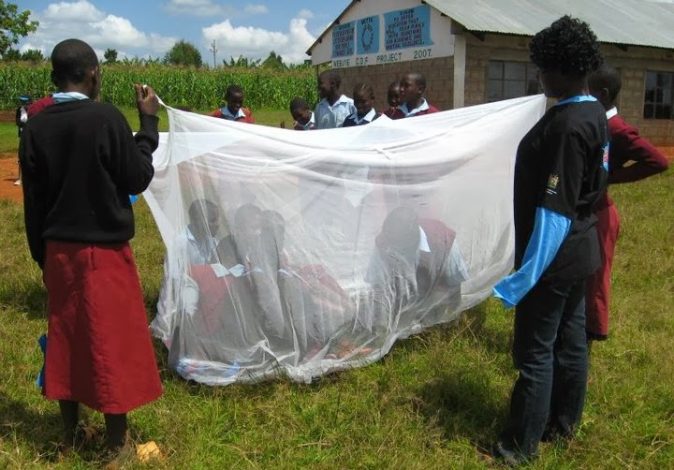Malaria is a deadly disease that affects millions of people around the world, especially in sub-Saharan Africa.
According to the World Health Organization (WHO), malaria caused an estimated 627,000 deaths in 2012, mostly among children under five years old.
However, global efforts to control and eliminate malaria have also saved an estimated 3.3 million lives since 2000, reducing malaria mortality rates by 42 per cent globally and 49 per cent in Africa.
In Kenya, malaria prevalence varies across different regions and seasons. Some areas, such as Western Kenya, have high endemicity, meaning that malaria occurs throughout the year.
Other areas, such as Mt. Elgon and Cheptais, have a low endemicity, meaning that malaria occurs only in certain seasons or under specific conditions.
In 2012, Western Kenya had a malaria prevalence of 38 per cent, while the national average was below 5 per cent. In 2013, Kakamega County, which is part of Western Kenya, had a malaria prevalence of 38 per cent, while Bungoma County, which is adjacent to Kakamega, had a prevalence of 33 per cent.
Kakamega District Public Health Officer Mr Fred Amudavi says, unlike in 2013, the prevalence rate for Kakamega County had “marginally reduced by 2–3 per cent.”
“Currently, the data on mortality due to prevalence rates has gone down. Patients who die due to malaria are very few. The rate has reduced drastically,” says Dr Amudavi.
He attributed the positive trend to the overall advocacy campaigns of educating and sensitizing the people and the continuous government initiative of distributing free-treated mosquito nets to rural families.
“We have distributed over 67,000 treated mosquito nets within the Kakamega Central and Navakholo districts, and within the region, it is close to half a million nets that have been distributed.”
In Bungoma County, Dr Wakwabubi reiterates that malaria is still the leading cause of Bungoma District Hospital admissions.
“When you go to the outpatient section, we have 49 per cent attendance, and it also accounts for 60 per cent of all hospitals in the county.” “The infection rate within Bungoma is 33 per cent,” he notes.
To reduce the burden of malaria, the Kenyan government and its partners have implemented various interventions, such as distributing free insecticide-treated mosquito nets (ITNs), spraying indoor residual insecticides (IRS), eliminating mosquito breeding sites, and providing prompt diagnosis and treatment.
These interventions have shown positive results in some areas, such as Kakamega, where the malaria mortality rate has decreased by more than 50 per cent.
In comparison to the initiatives, author Sonia Shah of ‘The Fever: How Malaria Has Ruled Humankind for 500,000 Years’ in Cameroon, Malawi, Panama, and elsewhere says much more needs to be done to eliminate malaria, especially in rural Africa.
“If malaria is seen as normal, the calculus is different. Most malaria comes and goes in episodes, and there are a tiny number of deaths compared with the number of cases. It’s just that there is so much malaria that the number of deaths of half a million every year looks large.”
However, challenges remain, such as the emergence of drug and insecticide resistance, the limited availability and accessibility of health facilities, and the low awareness and utilization of preventive measures among the population.
Moreover, mosquitoes are becoming resistant to the insecticide, according to recent studies. And nets last only three to five years maximum before ending up in shreds. They have to be replaced again and again. “It’s like sitting on a spring,” says Shah.
Similarly, the WHO says, “Emerging drug and insecticide resistance threaten to reverse recent gains.”
Therefore, more needs to be done to ensure that everyone understands the benefits of using ITNs and seeks timely medical attention when they have malaria symptoms.
Moreover, more resources and research are needed to develop new tools and strategies to combat malaria, such as vaccines, novel drugs, and alternative vector control methods.
Malaria is not an inevitable or normal part of life; it is a preventable and curable disease that can be eliminated with collective action and commitment.




